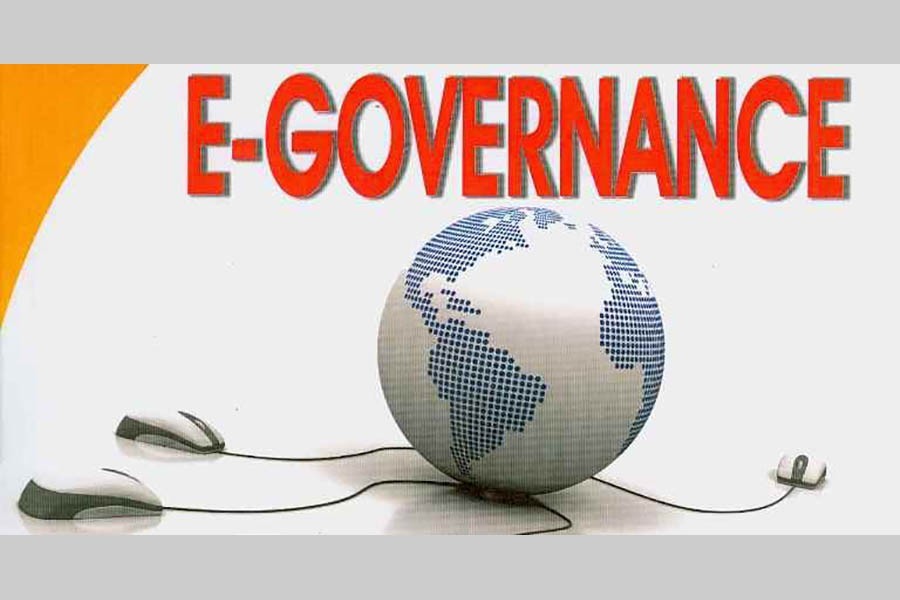When information and communications technology (ICT) has made inroads into almost every sphere of human activity, governance cannot be an exception. However, unlike in the sphere of trade and commerce, the challenges of digital governance do not lie simply in storing and transmitting data generated from day-to-day office work digitally. The real challenge is bringing about changes in the age-old work culture of the humongous bureaucracy. This is because, with digitisation, information not only can pass instantly within the government offices, it also becomes accessible just with a keystroke by clients seeking service from the government. This is about openness, which comes up against the long-nurtured mindset of guardedness about official information. Even so, given the political will to effect the necessary changes is there, it will not be a big deal to get around the remaining inertia in the administrative-work culture. The good news is that the government has meanwhile made much headway in this direction. Thus the progress made over the past years in digital government has been duly recognised by the United Nations Department of Economic and Social Affairs (UNDESA) as it has ranked Bangladesh 119th among 193 nations. The ranking is the outcome of the surveys the UN body carries out every two years. The grading has been done in the shape of E-Governance Development Index (EGDI), which reflects the modest progress Bangladesh has made over the past years in e-governance through its initiatives to increase efficiency and capacity in the area of delivering public service.
To determine different countries' EGDI scores, the latest survey included Online Service Index (OSI), Human Capital Index (HCI) and Telecommunication Infrastructure Index (TII). Evidently, there has been a robust increase in the online connectivity in the public sector by way of expanding the Information Technology (ICT)-related infrastructure. Side by side with it, scope of delivering services online has been widened as well as made expeditious.
For example, over the years, 40,000 virtual government offices have been created and their services unified. This has enabled the government to deliver in many cases seamless, agile and efficient service to the clients. The level of digital literacy and ICT skills of the public-service employees, on the other hand, has significantly improved on substantial investment. As expected, the benefits of all such efforts have gone into the country's rating on the UN's EGDI scale. Furthermore, according to UNDESA, three low-income countries of South and Southeast Asia-Bangladesh, Bhutan and Cambodia moved up from 2018's middle-EGDI-group status to the high-EGDI group last year. While commending the positive aspects of the government's performance, vis-à-vis EGDI, it would also be worthwhile to compare it with our South-Asian neighbours. In fact, Sri Lanka, India and Bhutan are still ahead of Bangladesh on the EGDI scale. So, there is hardly any room for complacency over UNDESA's positive evaluation so far as EGDI ranking is concerned.
Bangladesh needs to improve its digital profile regionally, before it can focus wholeheartedly on implementing the greater national agenda of 'Digital Bangladesh and Vision 2021. But the year 2021 is already in its third quarter. How far is the nation from fulfilling the vision? True, the raging pandemic is largely to blame for not making the desired progress. But that cannot be an excuse in the long term. The nation is still a long way to go before bridging its digital gap in governance. Still, given the will, the goal is not hard to achieve.


